Choosing The Right Instrument For You
Picking a musical instrument can be daunting and stressful. Usually, once you choose an instrument, you will play that instrument throughout elementary, middle and high school. So, it is important to make sure that you are choosing the right instrument for yourself! We have created a guide below with facts about different popular instruments in order to help you make your decision:
Piano:

- It is a great solo instrument.
- It has a large range, from low to high notes.
- You can also accompany other solo instruments, as well as group ensembles.
- You can play a wide variety of genres, from classical to jazz to pop/rock.
- You are able to play melodies, harmonies and bass lines at the same time.
- It is a great instrument to write music on, because of its extensive range and the ability to play multiple lines of music at once.
- The piano reads music in both treble and bass clef.
Did you know? The piano is actually considered a percussion instrument! There are tiny mallets inside the piano that hammer strings every time you press a key.
Flute:
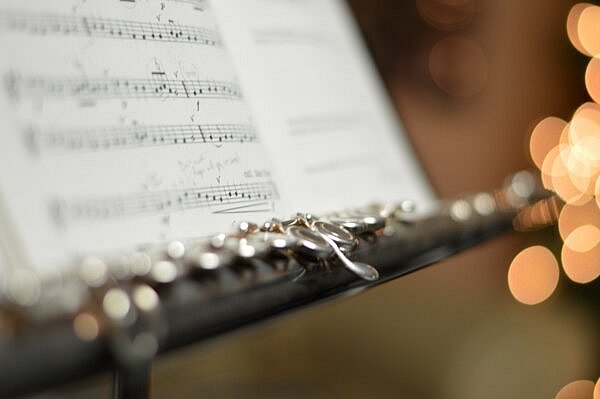
- Flute is a member of the woodwinds family.
- It is small, light and easy to carry.
- Sound is produced by blowing into the hole in the mouthpiece.
- It has a high pitched tone.
- It is used in group ensembles, such as band, symphony orchestra, marching band and jazz band.
- You will usually play melody lines.
- It is also a great solo instrument.
- The flute reads music in treble clef.
Did you know? The flute is the only woodwinds instrument that does not use a reed!
Clarinet:

- Clarinet is a member of the woodwinds family.
- It is small, light and easy to carry.
- It has a lower tone than the flute.
- The clarinet uses a reed.
- It is used in group ensembles, such as band, symphony orchestra, marching band and jazz band.
- You will be able to play melody and harmony lines.
- It is also a great solo instrument.
- The clarinet reads music in treble clef.
- For beginners, clarinet is a great woodwind instrument to start out on.
Did you know? Clarinet is very similar to the saxophone and clarinetists could easily progress to the saxophone later on.
Saxophone:

- Saxophone is a member of the woodwinds family.
- It has a lower tone than the flute.
- The saxophone uses a reed.
- It is used in group ensembles, such as band, symphony orchestra, marching band and jazz band.
- You will usually play melody lines.
- It is also a great solo instrument.
- The saxophone reads music in treble clef.
Did you know? There are 7 different types of saxophones: soprano sax, alto sax, tenor sax, baritone sax, bass sax, contrabass sax, and sub-contrabass sax.
Trumpet:
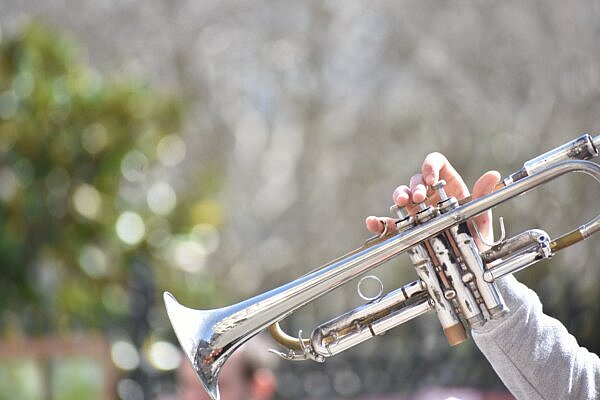
- It is the smallest member of the brass family.
- It has a high pitched tone.
- Sound is produced by buzzing your lips into a mouthpiece.
- It is used in group ensembles, such as band, symphony orchestra, marching band and jazz band.
- You will usually play melody lines.
- It is also a great solo instrument.
- The trumpet reads in treble clef.
Did you know? If you uncoil a trumpet, it stretches to 6 1/2 feet long.
Violin:
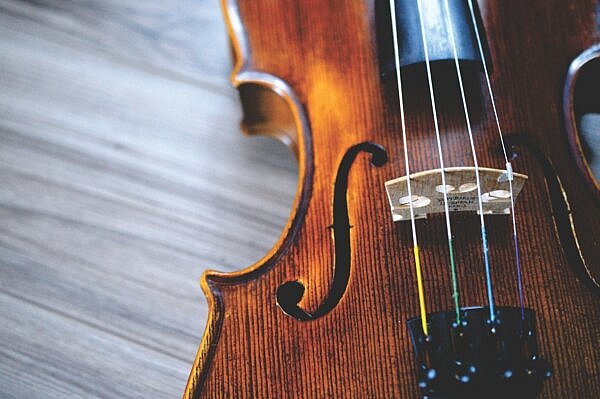
- It is the smallest of the string instruments and is easy to carry.
- You can either pluck the strings, or use a bow.
- It has a high pitched tone.
- It is used in group ensembles such as string orchestras, symphony orchestras and string quartets.
- It is also a great solo instrument.
- You will usually play the melody lines.
- The violin reads music in treble clef.
Did you know? The violin is sometimes known as a fiddle, and is used in many country, bluegrass and blues songs.
Viola:
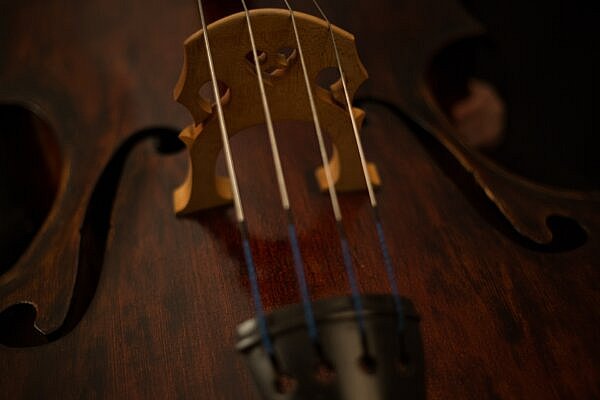
- It is slightly larger that the violin, but still easy to carry.
- You can either pluck the strings, or use a bow.
- It has a lower pitched tone than the violin.
- It is used in group ensembles such as string orchestras, symphony orchestras and string quartets.
- You can have melody lines in group ensembles, but usually the viola plays beautiful harmonies.
- It is also a solo instrument.
- There are typically less violists than violinists in an orchestra. Therefore, violists are a valuable asset.
- The viola reads music in alto clef and sometimes treble clef.
Did you know? The first viola was made in Italy in the 1530’s.
Cello:
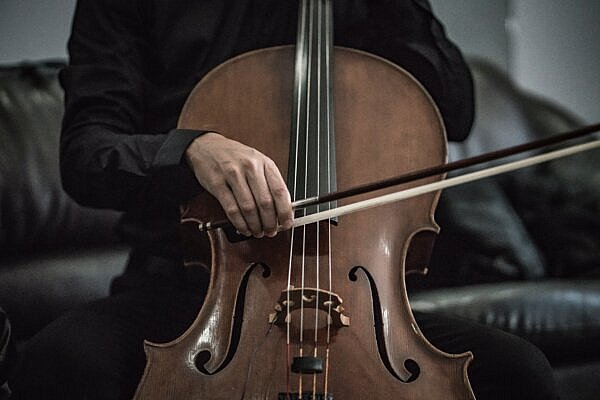
- It is a larger string instrument.
- It has a rich, lower tone.
- You can either pluck the strings, or use a bow.
- It has an extensive range of notes, from very low to high.
- You can sit down while playing the cello.
- It is used in group ensembles such as string orchestras, symphony orchestras and string quartets.
- It is also a great solo instrument.
- The cello reads in bass clef, and sometimes in tenor clef.
Did you know? The cello is actually called a violoncello.
Double Bass:
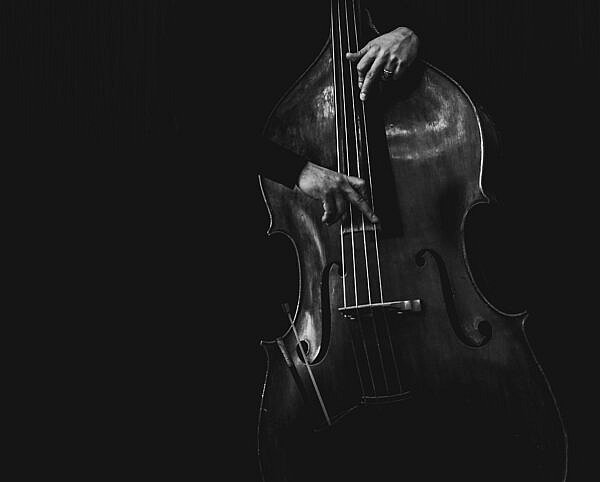
- There are two types of basses: Double Bass & Electric Bass. The double bass is played standing up and is used in string orchestras, symphony orchestras and jazz ensembles.
- It is the largest of the string instruments.
- It is has the lowest tone of all the string instruments.
- You can either pluck the strings, or use a bow. However, the bass is the most plucked out of all the string instruments.
- The bass reads music in bass clef.
- It is usually used in group ensembles to play the bass line, however there is a fair amount of bass solo music as well.
- The bass is a prominent instrument is jazz music.
Did you know? There are two different ways to hold a bass bow: French and German bow hold.
Electric Bass:
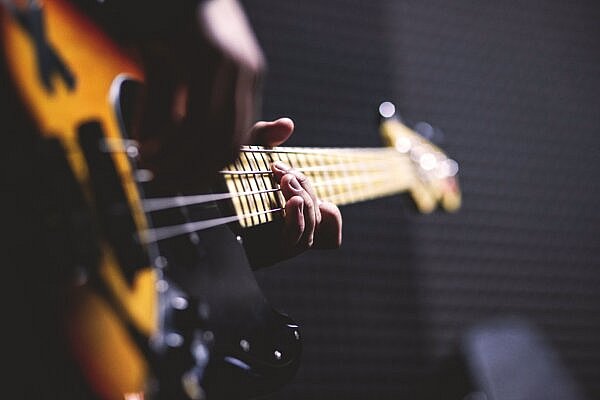
- It is easy to carry.
- It has a low, rich tone.
- The bass is a very important instrument, and is often considered the backbone of many bands.
- The electric bass is played by plucking the strings with your finger, or a pick.
- You can play a wide variety of genres, from classical to jazz to pop/rock.
- You can play in groups such as latin, jazz and rock bands.
Did you know? Sometimes, the bass is considered a percussion instrument with strings because of the very rhythmical lines it plays.
Guitar:
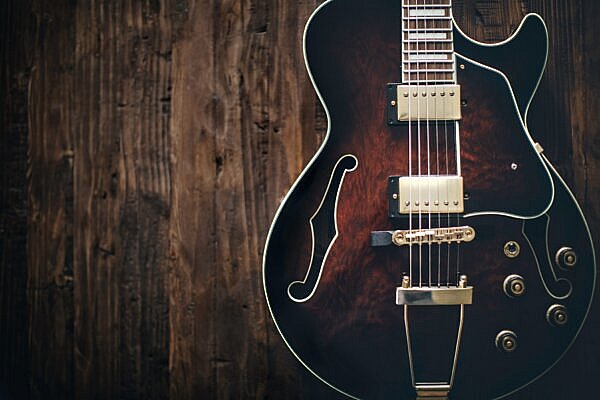
- You can play both electric and/or acoustic guitar.
- It is easy to carry.
- It sounds good playing both slow and fast music.
- You can play a wide variety of genres, from classical to jazz to pop/rock.
- You can play in groups such as latin, jazz and rock bands.
- You can either strum, or finger pick the strings.
- It is also a great solo instrument.
Did you know? Guitars usually have 6 strings, however some models have anywhere from 7 – 12 strings!
Percussion:
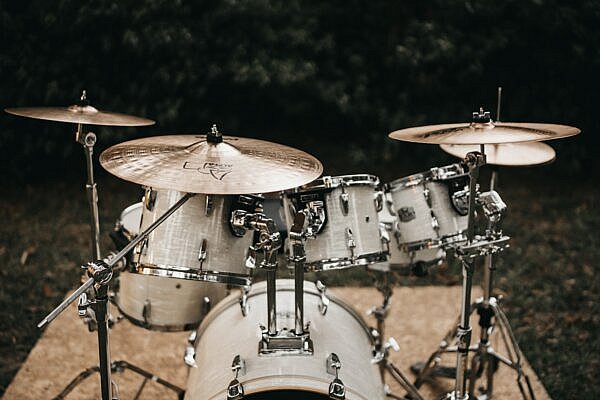
- There are many different types of percussion instruments, from bells, to timpani, to cymbals, to drum set.
- Percussionists can play in group ensembles such as band, symphony orchestra, marching band, and jazz band, as well as rock/pop bands.
- Percussionists are responsible for keeping the rhythm of the music, and keeping the group in tempo.
- There is solo music for snare drums, xylophones, marimbas and even drum sets.
- Depending on what percussion instrument you choose, the tone ranges from very low pitched notes, to very high pitched notes.
Did you know? Drums is one of the worlds oldest instruments!
We hope this guide has helped you. Please feel free to ask us any questions or leave us a comment on this blog.
If you are still stuck on which instrument to choose, we are holding an Instrument Exploration Day this Saturday, May 18th from 4:30 – 6 PM. Our university trained instructors will give you a crash course lesson on an instrument of your choice. Don’t miss this amazing opportunity to take a tour of our studio, and eat some snacks, as we educate you for FREE! Register here!
